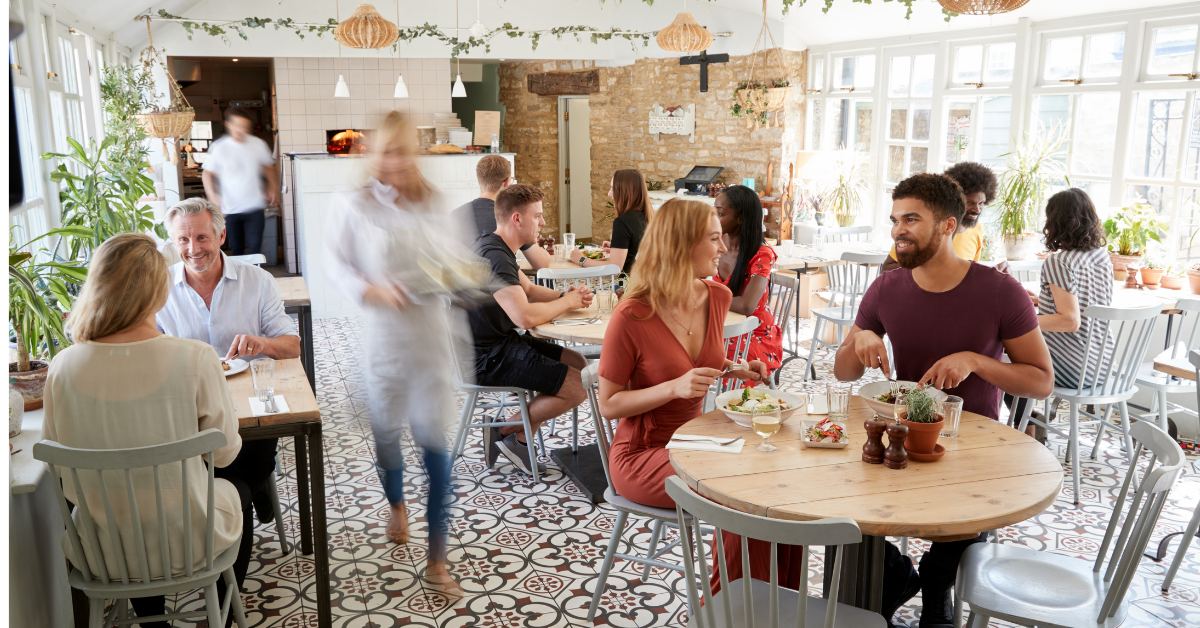
There was a time, not long ago, when I worked full-time in restaurant PR at a big agency in Manhattan. My inbox overflowed with press releases, chef interviews, and media tastings. I dined on duck confit and truffle pasta more nights than I care to admit—gained 30 pounds and watched someone in our office literally get gout (no joke.) The job was chaotic, thrilling, and downright delicious. And over the years, it taught me something critical: restaurants can make or break themselves on marketing alone.
Fast-forward 15 years, and marketing in the hospitality industry is even more vital. But here’s what hasn’t changed—too many restaurants still treat their marketing like a side dish instead of the main course. Want to stop leaving money on the table? Start with these five.
1. Get Your F*cking Menu Online (Seriously, What Are You Waiting For?)
Let’s talk about frustration. You’re hungry. You’re ready to eat. You find a restaurant that looks promising. You hit the website—or maybe their Facebook or Instagram—and…no menu. Nothing. Just a broken link or a PDF from 2018 with Comic Sans and typos. It’s maddening. And you’re not alone. The menu is the number one thing potential customers are searching for when they find your restaurant online.
So why are so many restaurants terrible at this? There are a few likely reasons:
- Their developer disappeared.
- They didn’t build the site themselves and can’t update it.
- They think printing menus and snapping a photo for Instagram is enough.
Spoiler alert: it’s not.
Want a simple fix? Use a DIY platform like Squarespace, Wix, or WordPress. You can learn to update your site in 30 minutes and never again be at the mercy of a missing-in-action web guy. Better yet, upload your menu directly to your Google Business Profile (more on that in a sec). And even if you don’t have a website, you can still make your menu accessible using Instagram + Linktree. Just don’t rely on that forever—it’s a band-aid, not a strategy. A clean, accessible menu = more bookings, more butts in seats, more money. Talk to us about affordable website setup.
2. Make Google Your BFF: Polish That Business Profile
You know what’s the first thing most people see when they Google your restaurant? Not your website. Not your Instagram. Your Google Business Profile.
That little info box on the side of the search page? That’s prime real estate. It’s the new homepage for your restaurant.
A few stats that should jolt you awake:
- Over 90% of customers read online reviews before visiting a local business
- 64% of consumers use Google to find business contact details and hours
- Businesses with updated photos and frequent posts on their GMB profiles get more clicks and calls than those that don’t
So many restaurants ignore this. You shouldn’t. Your profile needs love, weekly. Add fresh photos, post about specials or events, respond to reviews (yes, even the snarky ones), and make sure all your info is accurate.
Treat it like a second Instagram. It doesn’t just help Google know you’re alive—it helps diners know what to expect.
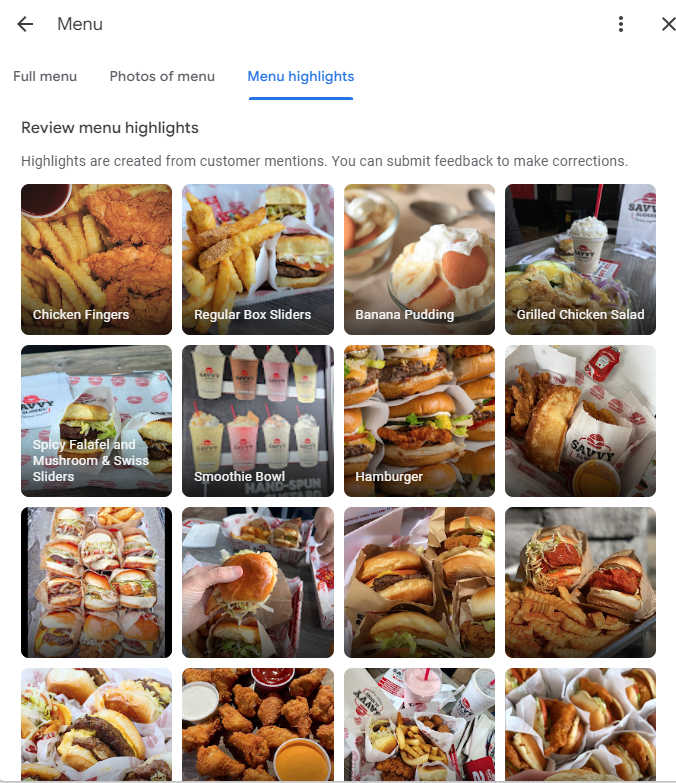
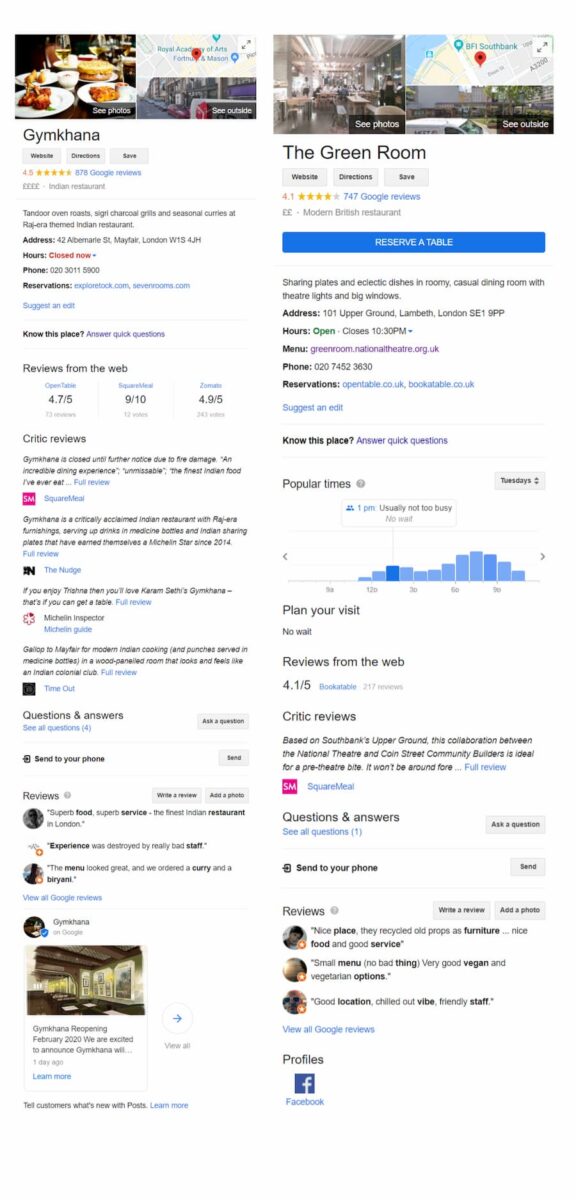
3. Reviews: Your Secret Weapon for Ranking and Reputation
Google doesn’t just care about what your business says—it cares about what people say about your business. Reviews are one of the biggest ranking signals for Google Local. More reviews = more visibility.
But here’s the part that makes restaurant folks cringe: you have to ask for them. Constantly.
Here’s how to do it without being annoying:
- Print mini cards with QR codes that link directly to your review page. Drop them with the check.
- If you use reservation platforms (like Resy or OpenTable), follow up with a polite email asking how their visit went—and drop that review link in there.
- Train your staff to mention it casually when they see a happy customer (“Hey, if you loved your meal, we’d love a review!”)
Make it part of your system, not an afterthought. And remember: a few bad reviews won’t kill your business. No reviews at all will.
We’ve got tools that can automate this too—set it and forget it, and reviews just keep coming.
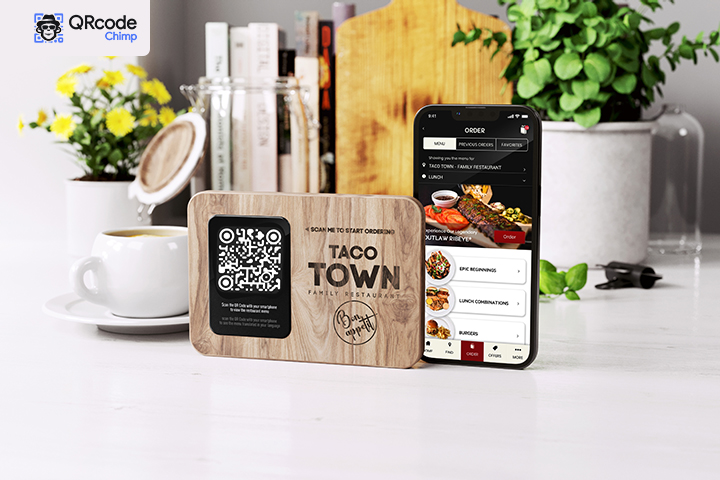
4. Serve Food Porn Like Your Life Depends on It
Let’s be real: we’re all visual eaters now. People discover restaurants through Instagram and Google Maps photo galleries. A scroll through mouthwatering food shots is the digital version of a sidewalk smell wafting out of your front door.
This isn’t just theory. It’s data:
- Posts with images get 650% more engagement than those without
- Businesses with more photos on Google receive 42% more direction requests and 35% more clicks
You don’t need a pro photographer for every post. iPhones are powerful. Use natural light, avoid over-edits, and shoot your food when it looks its freshest (not under the heat lamp). But hey—investing in a food photographer or trading with a local creative can elevate your whole vibe.
And chefs—yes, YOU need a social media presence. Your Instagram is your portfolio. It’s where you show the world what you’re cooking, what inspires you, and how much love you’re putting into those plates.
Follow other chefs and food accounts for inspo. Copy trends. Don’t be original all the time—just be consistent.
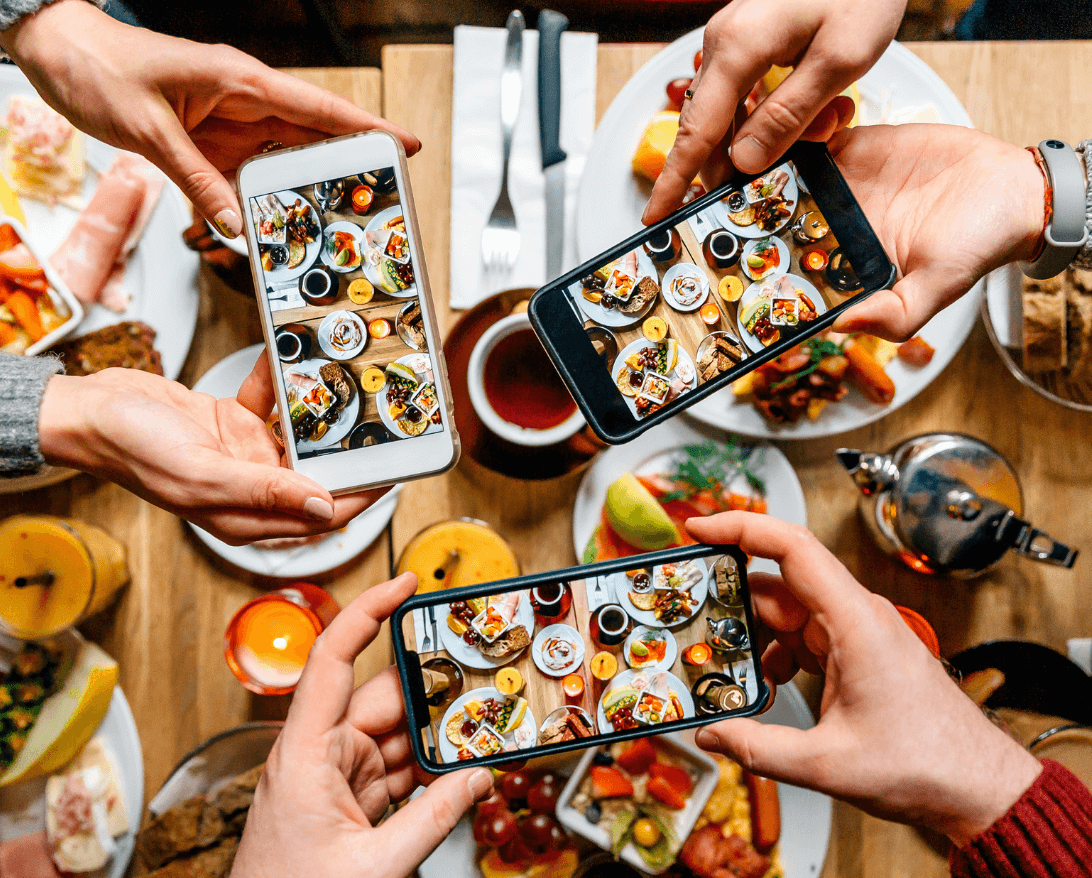
5. Build a Solid Base Before You Chase Fancy Tactics
Everyone wants to go viral. Or partner with a big-name influencer. Or drop a slick ad campaign. But none of that matters if you haven’t covered the basics.
Check yourself:
- Is your menu online and up to date?
- Can people find your location, hours, and contact info in two clicks?
- Do you show up in local Google searches?
- Do you have any recent photos or reviews?
If the answer to any of these is “no” or “I’m not sure,” pause before throwing money at TikTok ads.
Foundations matter. A well-optimized Google profile and an active Instagram feed will outperform a $500 boosted post every single time if you haven’t handled the basics.
DIY vs Paying the Pros: Which One Makes Sense?
With AI tools and templates everywhere, it’s never been easier for restaurant owners to try the DIY route. And for some, it works! But here’s the rub: even with tools, you’ve got to put in hours.
You’re already juggling payroll, schedules, vendors, training, inventory, and a dozen other things. Can you really also take the time to learn marketing best practices?
Sure, your nephew can make you a nice-looking site. But is it optimized? Will it rank? Does it collect leads? Does it even load fast on mobile?
You don’t need a marketing degree—but you do need strategy. And sometimes, paying a pro means buying back your time and sanity.
Marketing isn’t optional anymore. It’s survival. If you’re still treating it like an afterthought, you’re setting yourself up to be forgotten. Start with these five essentials. Make them second nature. And watch what happens when people can actually find you, see your food, and fall in love before they even sit down.
